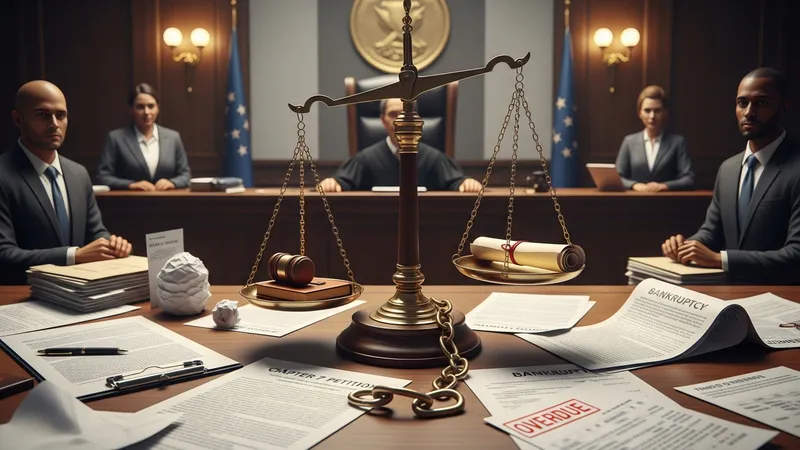
Bankruptcy Law Explained: Types, Processes, And Legal Rights
Bankruptcy law is a legal framework designed to address situations in which individuals or organizations are unable to repay outstanding debts. It regulates the processes by which assets may be assessed, distributed, or restructured among creditors through formal legal procedures. Bankruptcy law aims to balance the rights and interests of the debtor and the creditors, providing an orderly way to resolve insolvency while maintaining legal standards and protections.
This area of law encompasses various types, each offering different approaches to debt relief and asset distribution. The processes may involve liquidation, the creation of repayment plans, or organizational restructuring. Bankruptcy law typically establishes statutory protections for debtors, while also outlining rules that creditors must follow. The legal proceedings can be initiated voluntarily by debtors or involuntarily by creditors under certain circumstances.

- Chapter 7 (Liquidation): Common in several jurisdictions, Chapter 7 allows for the liquidation of non-exempt assets to pay creditors. More details can be found at the U.S. Courts official site.
- Chapter 11 (Reorganization): Predominantly used by businesses, this form permits the restructuring of debt while continuing operations. Details are available on the U.S. Courts site.
- Chapter 13 (Repayment Plan): This option enables individuals with regular income to develop a court-approved plan to repay some or all debts over a period, usually three to five years. More information is listed on the official U.S. government resource.
The classification of bankruptcy types is based on eligibility, purpose, and procedures. Liquidation typically applies to individuals with limited assets, whereas reorganization is more suited to entities requiring continued operation under revised obligations. Court supervision helps ensure fair application of rules and protection for both debtors and creditors throughout the process.
Bankruptcy processes usually start with the filing of a petition, either by debtors seeking relief or by creditors wishing to resolve outstanding accounts. The court then oversees documentation, notification, and distribution steps according to established guidelines. This structure allows for transparent evaluation of assets, claims, and eventual outcomes, which could include discharge of certain debts or court-supervised repayment plans.
Legal rights under bankruptcy law are outlined by statutes that typically address the automatic stay (halting collection actions during proceedings), exemptions for certain personal assets, and the pathway to debt discharge. Creditors also receive protections and orderly access to any distributable assets, following judicial oversight and prioritization rules. The balance between debtor relief and creditor fairness is central to the ongoing effectiveness of bankruptcy laws.
Bankruptcy law continues to be shaped by legislative changes and judicial interpretations. While the main objectives remain consistent—ensuring fair outcomes for both parties—changes in economic conditions or legal precedent may influence available options, eligibility, and specific rights over time. Those considering or encountering bankruptcy should be aware of these dynamic components and the administrative safeguards built into the process.
In summary, bankruptcy law covers various types, processes, and legal rights, each with its defined scope and eligibility. Understanding these facets is fundamental to navigating insolvency concerns in a law-abiding and structured manner. The next sections examine practical components and considerations in more detail.